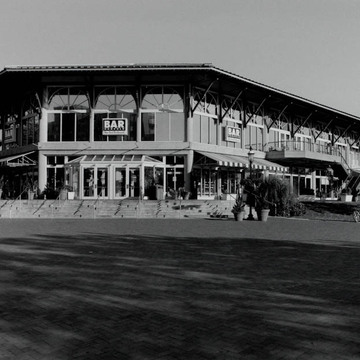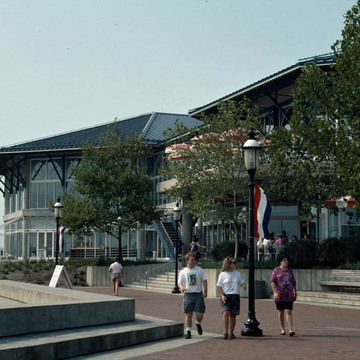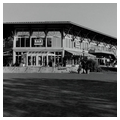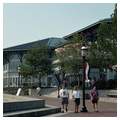During the 1970s and early 1980s James W. Rouse virtually reinvented the American downtown, developing a string of festival marketplaces that were modern-day versions of the Greek agora for cities along the eastern seaboard. What worked for Boston and Baltimore, however, failed in Norfolk's largely suburban metropolitan area. The $13.5 million Waterside never quite became an urban
You are here
Waterside Festival Marketplace
1981–1983, 1988–1990, Wallace, Robertson and Todd. 333 Waterside Dr.
If SAH Archipedia has been useful to you, please consider supporting it.
SAH Archipedia tells the story of the United States through its buildings, landscapes, and cities. This freely available resource empowers the public with authoritative knowledge that deepens their understanding and appreciation of the built environment. But the Society of Architectural Historians, which created SAH Archipedia with University of Virginia Press, needs your support to maintain the high-caliber research, writing, photography, cartography, editing, design, and programming that make SAH Archipedia a trusted online resource available to all who value the history of place, heritage tourism, and learning.

















